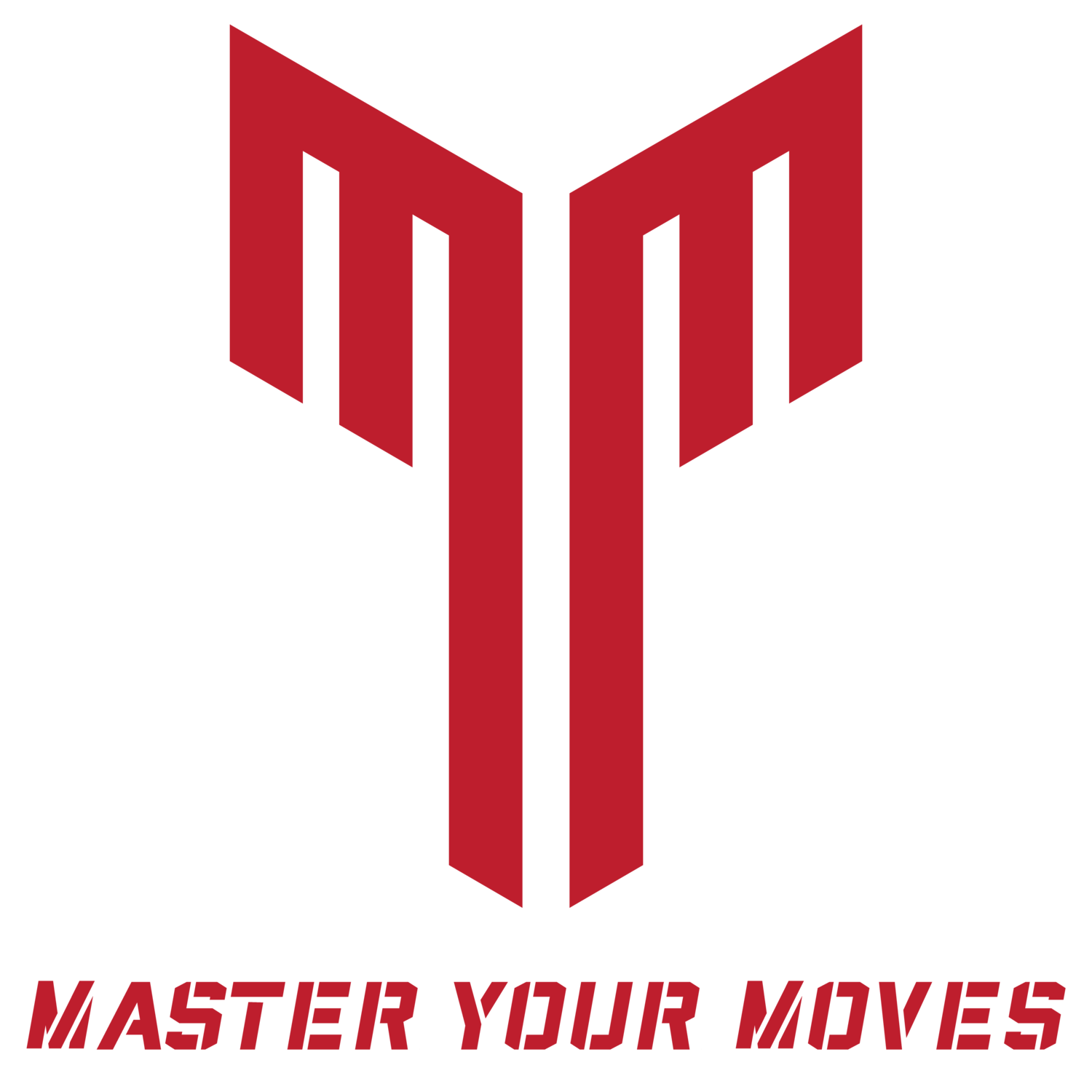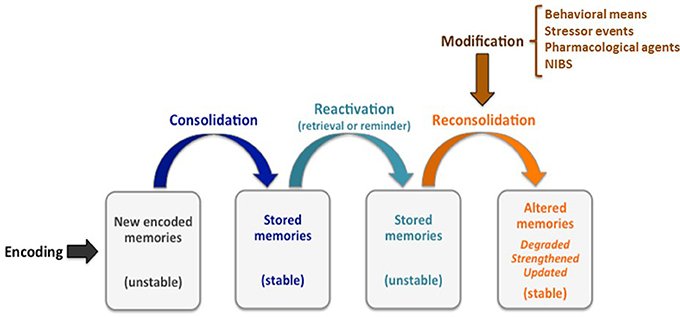7 Ways to Memorize Martial Arts Moves Quickly and Never Forget Them
Martial arts can seem like an impenetrable jungle at first glance. With so many different techniques and fighting strategies to remember, while also having to successfully defend and attack an opponent, it can easily feel like a black hole of information. But while learning and memorizing new moves seem like a daunting task, there are things you can do to improve how you memorize what you learn and retain it. Here are 7 helpful tips on how to memorize martial arts moves as fast as possible AND permanently:
1. PRACTICE, WITH BREAKS
Everyone knows practice makes perfect but how you practice matters too. In general, practice works because neural connections need time to cement. According to Leon Ho, CEO of Life Hacks, “[t]he theory as we know it is to practice movement patterns until they become second nature and to experiment and make small changes in order to improve performance of a skill.” These small changes are key and are known as memory reconsolidation. A study done by Pablo A. Celnik, M.D., demonstrates the importance of memory reconsolidation. According to Celnik:
“What we found is if you practice a slightly modified version of a task you want to master, you actually learn more and faster than if you just keep practicing the exact same thing multiple times in a row.”
This image shows how constant practice and slightly modifying the task (reconsolidation/modification) helps you remember better. Source
Periods of rest between learning sessions also play a crucial role in improving performance. According to Medical News Today, “recent studies show that improved motor skills can occur even during a single practice session involving practice sessions interspersed with resting periods. This improvement is mainly due to the memory consolidation that occurs during resting periods, known as micro-offline learning, rather than during the practice bouts.”
TIP:
1) Whenever you practice, don’t do it for more than 20 minutes without taking breaks.
2. MAKE ASSOCIATIONS
A useful tool for memorization is associating new information you want to remember with related information that you have memorized in the past. The goal is to make associations between what you want to learn and an unrelated item. This works, according to Dr. William R. Klemm, because “memories are stored as a network of related items. These items are part of a shared whole. Any one item serves as a cue for retrieving other parts of the memory network. Dragging out one item in the network often drags the whole network of memory items into conscious awareness.”
TIP:
Create vivid mental images by connecting the technique or its steps with numbers, sounds, smells, tastes, etc that are easy to recall because they are connected to past memories or deeply ingrained knowledge. For example in BJJ, an easy way to remember “north-south mount” is by thinking of a 69. 😳🙈
3. ORGANIZE THE INFORMATION
Putting things in order is a great way to help your brain remember. Information comes at the brain from every sensory input in an almost chaotic and unpredictable pattern. That is why it is much easier for your brain to remember techniques when you place them in categories or functional groups. Consciously, putting information in these category buckets will help you recall them when you need it by thinking of the categories. Essentially, putting them into categories or functional groups helps your brain see them as pieces of a whole.
TIPS:
1) Organize your techniques into categories. For ex. “Positions” “Stances,” “Attacks,” “Defense,” etc.
2) Within each category outline the technique's names.
4. USE VISUAL CUES
As a child, you learned gross motor skills with visual cues. You probably remember how in school your teacher would use different colors on a chalk board strategically. For example, your teacher would use white chalk for most things but special colored chalk for things your teacher wanted to stand out. Believe it or not, that method still works for you as an adult. The reason for that is that your brain processes images faster than words. As an adult, you can still use these visual cues to help you remember things. And you have a wide array of visual cues to choose from, like mindmaps, flow charts, illustrations, pictures, etc. These visual cues will stand out and become memorable as a result.
TIPS:
1) Use visual tools such as mindmaps, flowcharts, sketches, illustrations, & photos.
2) When you write, use ink of different colors to make important information, notes, and categories pop out. For ex. notes on your moves in black, sparring observations in blue, instructor tips in red, etc.
5. WRITE IT DOWN
Studies show that writing down information by hand is more effective for learning than typing. Writing by hand takes longer, forcing you to summarize key info and be more selective with what you write. According to one study, “researchers found that areas of the brain correlated with working memory and encoding new information were more active during handwriting.”
The act of writing is a form of mental rehearsal too because you have to visualize the moves and techniques as you write it down.
TIP:
Start taking notes; it will pay off over time.
6. SAY IT OUT LOUD
This is good to do when you review your notes or read an instructional book of martial arts techniques you have learned. A University of Waterloo study even showed that the dual action of speaking and hearing ourselves talk helps recall. Part of the reasoning for this is that this is a form of active learning. According to Colin M. MacLeod, a professor and chair of the Department of Psychology at Waterloo, who co-authored the study with the lead author, post-doctoral fellow, Noah Forrin, “When we add an active measure or a production element to a word, that word becomes more distinct in long-term memory, and hence more memorable.”
TIP:
Say the techniques you are doing out loud as you do them with a partner. You can also do it during mental rehearsal by yourself or when you shadowbox or slowly perform your moves.
7. ENGAGE IN ACTIVE RECALL
Active recall is a study method that involves informational retrieval and repeated testing to improve retention, memorization, and comprehension. It’s popular among medical students as a self-directed method to pass exams by using flashcards or self-generated questions. Active recall is also known as “practice testing” or “retrieval practice.” The reason it works is that quizzing yourself forces you to get information from your memory. For enhanced memorization, use active recall with your mental rehearsal and notes review.
TIPS:
1) Have a classmate quiz you.
2) Demonstrate moves to a friend.
3) Use flashcards.
*******
These tips are part of the Master Your Moves (MYM) Method, a system of learning based on neuroscience, sports psychology, and practical experience to help you be the best performer in martial arts. Designed for beginners and applicable to all martial arts from Boxing, Brazilian Jiu Jitsu, Judo, Muay Thai, MMA, Karate, Taekwondo, Jeet Kune Do, Wrestling, and more! To learn more about the MYM Method, go here. To get the latest news and updates on MYM content, products, and events, subscribe here. Get these useful tips and spread the word.
Follow / Like / Subscribe: Twitter * Instagram * Facebook * YouTube * Reddit


